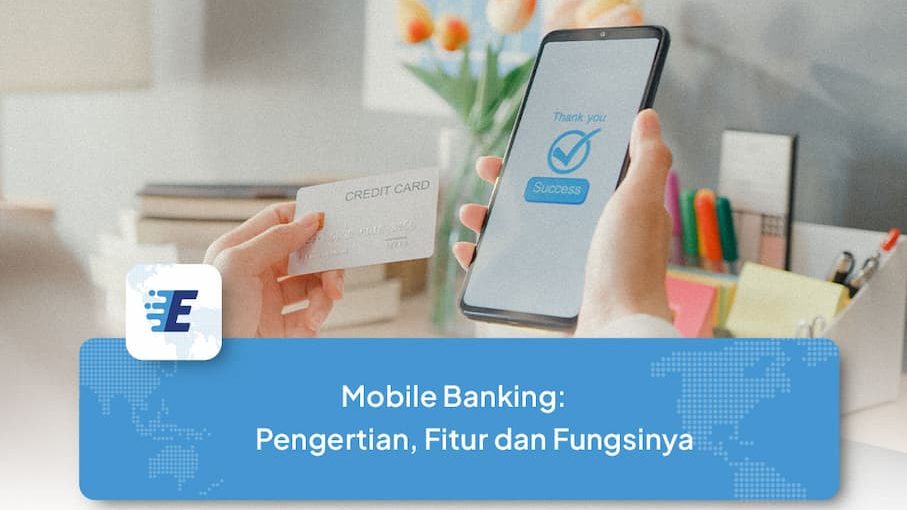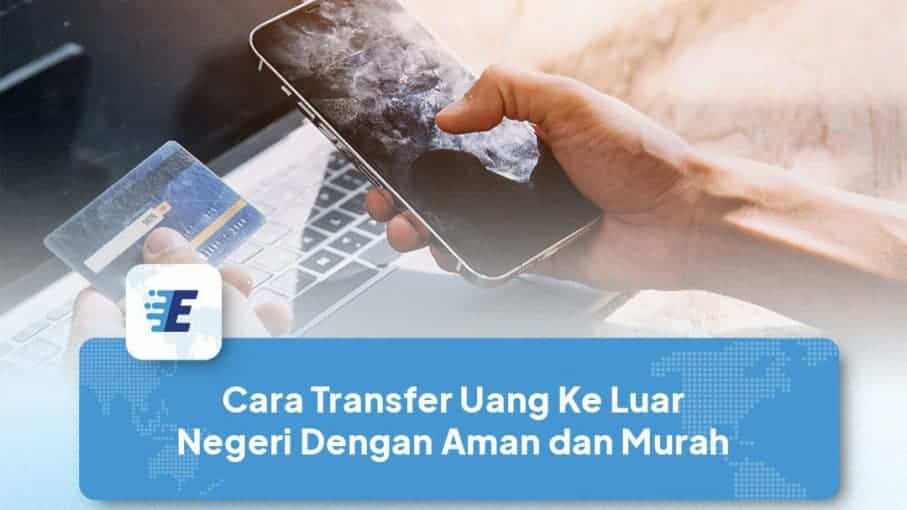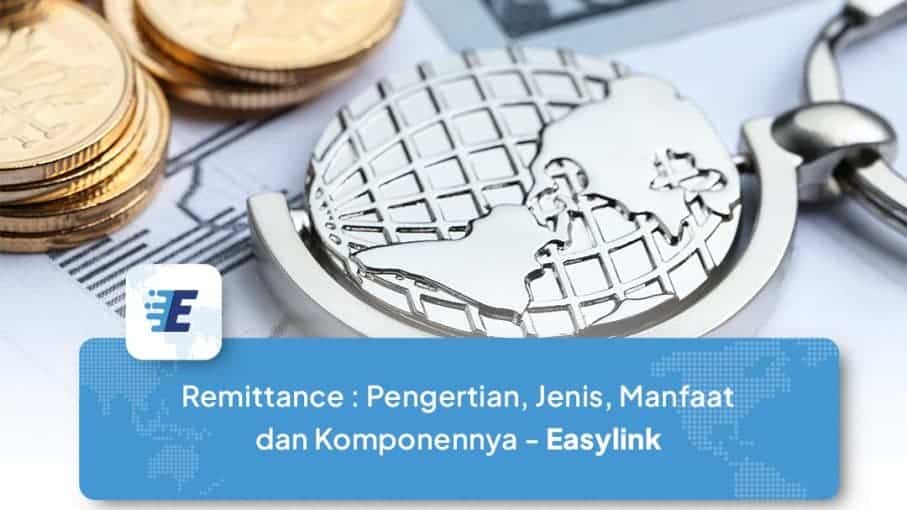Last updated on June 7th, 2024 at 03:33 pm
We cannot deny that the digital era has brought about various breakthroughs, one of which is the emergence of mobile banking.
This smart application is gaining popularity due to the convenience and ease it offers. What is the greatness behind the term "mobile banking"? Follow the explanation of what mobile banking is below.
Definition of Mobile Banking
List of contents
Mobile banking is one of the magical technological discoveries that can make it easier for you to perform transactions such as paying bills, transferring money, checking balances, and even managing savings just by swiping the screen of your smartphone.
According to OJK (Financial Services Authority), mobile banking or m-banking, is a banking transaction service through a mobile phone in the form of m-banking applications or built-in applications.
Imagine having your own personal bank that is always ready to serve you, even when you are on the go. Mobile banking changes the way we deal with money, making everything faster, easier, and, of course, more enjoyable!
Mobile Banking Features
Mobile banking also offers various useful features. There, you can not only check your balance and transaction history but also view current interest rates, find the nearest ATMs and branches, and manage various aspects of your finances.
However, it doesn't stop there, mobile banking allows you to transfer funds, pay regular bills such as electricity and water, purchase phone credits, and various other transaction features.
All of these can be accessed easily and quickly through your smartphone's touchscreen. With mobile banking, your financial matters become more efficient and accessible.
How It Works
For those of you who have never tried using mobile banking, the first step you need to take is to register with your chosen bank's mobile banking service. Once registered, you can access the menus through the mobile banking application installed on your phone.
No need to worry, downloading and installing the mobile banking application can be done quickly. When you open the mobile banking application, enter your User ID and password to access your mobile banking. And, of course, every transaction requires an OTP (One-Time Password) for added security. With mobile banking, all your financial transactions are no longer a secret.
Read Also: Open Banking: Definition, Benefits, Examples, and Risks
Functions
In addition to making it easy for you to check your balance and transaction history, here are some other functions of mobile banking that you should know:
- Monitoring balance checks and transaction history (Account Statement), as well as providing financial reports and activities.
- Cash withdrawals without an ATM card.
- Technology QRIS (Quick Response Code Indonesia Standard) for non-cash payments that can be done faster and more efficiently..
Advantages of Mobile Banking
In the increasingly sophisticated digital era, mobile banking emerges as a modern solution to conventional banking concepts.
Replacing long queues and complicated processes, mobile banking brings convenience directly to you. Let's discuss the advantages that make mobile banking so attractive:
- Accessible anytime and anywhere through your phone.
- You can also view your balance, transactions, and financial activities in real-time.
- Allows for quick and easy transfers, bill payments, and purchases.
- Reduces the need to visit physical banks, saving time and energy.
- Equipped with high-security technology to protect financial transactions.
- Allows payments using QR Code and other non-cash methods.
- Provides immediate notifications for every transaction, ensuring account security.
Disadvantages of Mobile Banking
While mobile banking brings convenience, it certainly has its drawbacks as well. No system is perfect. Despite its brilliant advantages, mobile banking also has a number of disadvantages that need to be considered. Let's discuss the disadvantages of mobile banking:
- Security limitations, despite various security measures such as OTP (One-Time Password) and two-factor verification, security risks such as phishing and unauthorized access can still occur.
- Using mobile banking requires a smartphone and stable internet access. In remote areas or with poor connectivity, accessing mobile banking services can be difficult or even impossible.
- Functionality limitations, although many functions have been incorporated into mobile banking applications, some complex transactions or transactions that require physical proof, such as physical checks, still require a direct visit to the bank.
- Some banks may charge fees for mobile banking services, which can add extra costs for users, although most banks strive to offer this service for free.
- Understanding and technical skills required to use mobile banking can be a barrier for some, especially those who are less familiar with technology.
Mobile Banking and Remittances
Mobile banking and remittances are a great duo that facilitates cross-border financial transactions. Through mobile banking applications, users can quickly access their accounts and send money to their families abroad.
Convenient, isn't it? It helps migrant workers and everyone else to easily manage their finances, support their families, and contribute to the economy in their home country. Modern, fast, and helpful to many people, that's the role of mobile banking in remittances.
Want to learn more about how to send money abroad quickly, safely, and easily? Check out our article on Remittance to understand more about mobile banking and remittances! For quick access and to find the easiest way to manage your financial transactions.





